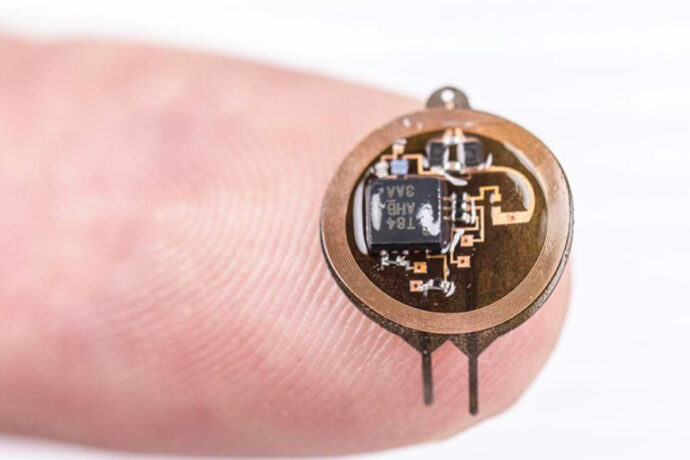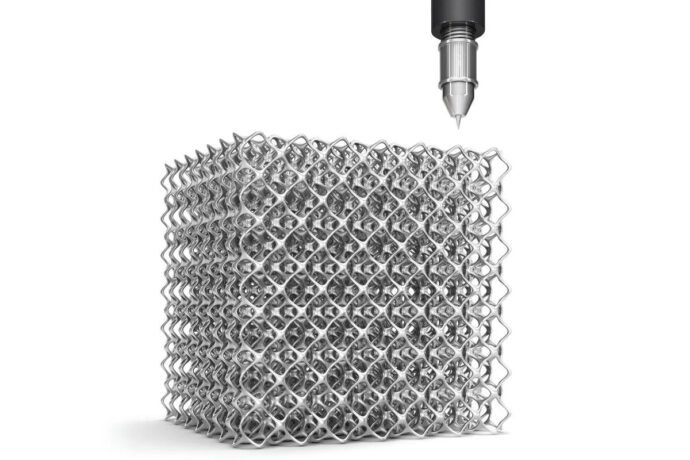
In an era where technology is increasingly intertwined with human emotions, the burgeoning field of affective computing holds immense promise. Recent research delves into the progress and future trajectories of this interdisciplinary domain, offering insights into its applications and ethical considerations.
1. Affective Computing Overview:
Affective computing integrates various disciplines to enable machines to perceive, understand, and respond to human emotions, revolutionizing human-machine interactions.
Applications span diverse sectors, including healthcare, education, business, and the arts, emphasizing the significance of emotional intelligence in technology.
2. Research Methods and Growth Trends:
A comprehensive review employs bibliometric analysis to track the evolution of affective computing research.
Significant growth in publications, particularly post-2010 fueled by deep learning advancements, has led to international collaborations and prominence in journals like IEEE Transactions on Affective Computing.
3. Interdisciplinary Research Themes:
Core research themes encompass natural language processing, facial expression recognition, human-computer interaction, affective disorder analysis, and multimodal emotion analysis.
Leading institutions and scholars worldwide drive innovation, with Asia and North America emerging as key hubs of research activity.
4. Ethical Considerations and Innovations:
Innovations like emotion-generation techniques and sentiment classification models enhance human-computer interactions.
Cognitive neuroscience insights inform the development of authentic emotional responses in systems, while ethical concerns prompt calls for international standards and cultural diversity considerations.
Trends include the construction of large-scale datasets, refinement of multimodal fusion technology, and a shift towards knowledge-driven approaches.
Applications span political speeches, music, drama, and virtual reality, with potential in affective brain–computer interfaces, empathic dialogue, emotion-assisted decision-making, and virtual socialization.
Affective computing emerges as a transformative force, poised to reshape human-machine interactions across diverse domains. As research progresses and ethical frameworks evolve, the field’s potential for enhancing emotional understanding and enriching technological experiences continues to expand, promising a future where technology truly resonates with human emotions.



